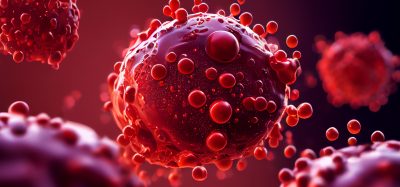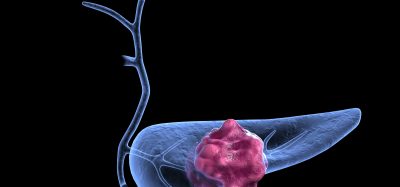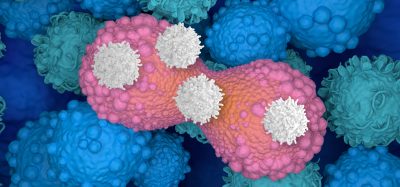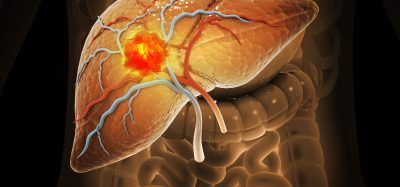Discovery of a previously unknown class of HK-CREs
Posted: 9 January 2024 | Drug Target Review | No comments yet
Using bioinformatics analyses, HK-CREs impact on cellular processes was studied, including their potential as housekeeping tumour suppressors.
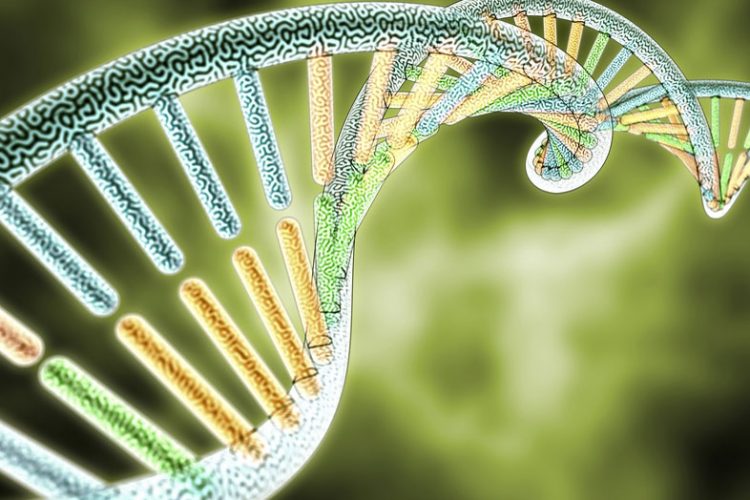
A study performed by researchers at the Laboratory of Functional Analysis in silico (Nakai-lab) at the Institute of Medical Science at The University of Tokyo (IMSUT), has revealed the existence of around 11,000 housekeeping cis-regulatory elements (HK-CREs), vital genetic switches active in every cell type that maintain the stability and function of cells beyond the regulation of housekeeping genes.
Technological advancements have enabled scientists to comprehensively explore genetic control elements and new evidence challenges the basic view that cis-regulatory elements (CREs) are mere on/off switches for genes. They have the ability to exhibit complex behaviours, such as the simultaneous enhancement of gene activity and initiation of gene transcription. These switches are both crucial for the enhancement of specific genes and the basic functions that maintain cells’ health.
Dr Martin Loza said: “Given the significant association between cancer and mutations in epigenetic components, every small insight we gain could be key in the ongoing battle against this disease, which has tragically claimed innumerable lives. Through extensive bioinformatics analyses, we aimed to emphasise HK-CREs profound impact on fundamental cellular processes, including their potential as essential housekeeping tumour suppressors.”
The team discovered that HK-CREs were not solely confined to regulating the well-studied housekeeping genes (HKGs), which only constituted less than 20 percent of the genes associated with these elements. Instead, these elements predominantly resided within core promoter regions of around 8,000 genes, suggesting a wider regulatory role beyond typical housekeeping gene functions.
To validate the robustness of HK-CREs across 50 randomly selected healthy cell types, the team used bioinformatics analyses and diverse public datasets to confirm the location of HK-CREs within the genome. These elements were highly conserved, residing in unmethylated CpG-rich regions, a trait strongly associated with their housekeeping regulatory function.
“By leveraging bioinformatics analyses of multiomics data, we offer an approach to harnessing publicly available datasets for exploring diverse biological mechanisms. We anticipate that employing similar workflows can significantly streamline analyses, cutting back both time and financial investments needed for comprehensive studies involving new data,” Dr Loza added.
There are intricate cooperative interactions among housekeeping core promoters (HK-CPs), forming complex regulatory networks through promoter–promoter interactions. These observations suggest the significant influence of such interactions not only on HKGs but also on genes specific to various cell types.
Also, the scientists found a subset of HK-CREs displaying reduced activity in diverse cancer subtypes due to aberrant methylation, markedly those linked to zinc finger genes clustered in sub-telomere regions of chromosome 19. Identifying genes such as ZNF135, ZNF154, ZNF667, and ZNF667-AS1 under the influence of these foundational core promoters, the research suggests their potential as housekeeping tumour suppressor genes.
Dr Loza explained: “Genes detected in our study have exhibited decreased activity in multiple cancer cell lines, and survival analysis across various cancer projects have revealed significant increases in survival probability in diverse cancer types like pancreas adenocarcinoma and uveal melanoma.”
The study’s findings have uncovered a previously unknown class of HK-CREs critical for cellular stability, extending their influence beyond housekeeping gene regulation.
“Our discovery on housekeeping tumour suppressor genes unveils a novel avenue in cancer therapy, harnessing the intrinsic elements within the DNA of every cell. Future approaches to cancer treatment, focusing on these housekeeping tumour suppressor genes, offer a unique solution that could potentially target a broad range of cancers, sidestepping the challenges associated with personalised medicine,” remarked Dr Loza.
He concluded: “We anticipate that our findings will enhance the understanding of these processes and serve as a valuable resource for researchers striving to uncover elements inherent in the genome for combating various diseases.”
This study was published in Nucleic Acids Research.
Related topics
Bioinformatics, Cancer research, Cell Line Development, Genomics, Personalised Medicine
Related conditions
Cancer, Melanoma, pancreatic ductal adenocarcinoma (PDA)
Related organisations
Institute of Medical Science at The University of Tokyo (IMSUT)
Related people
Dr Martin Loza (IMSUT)




